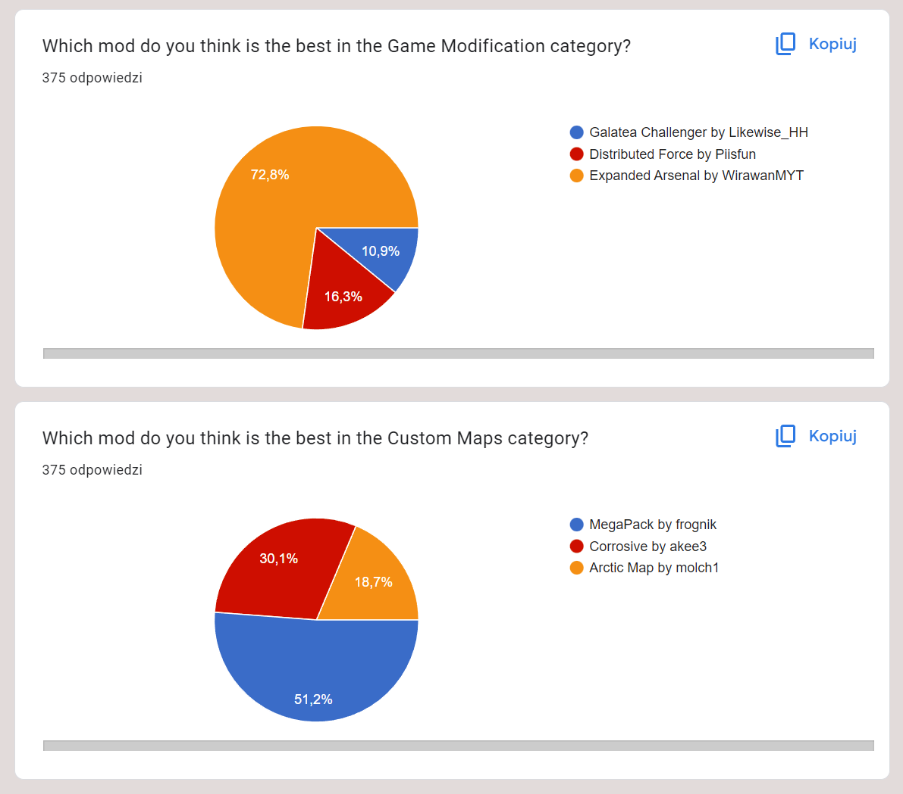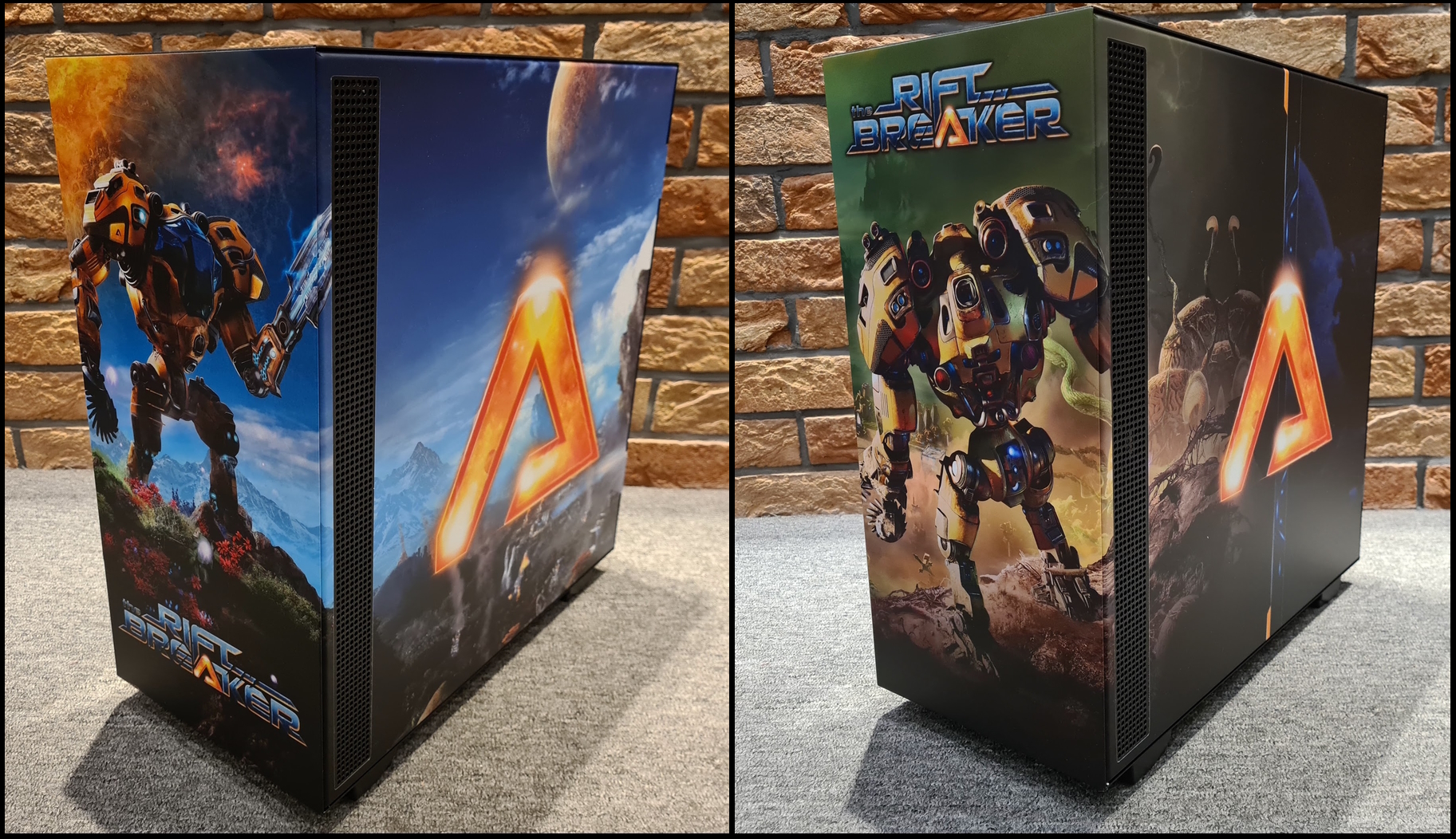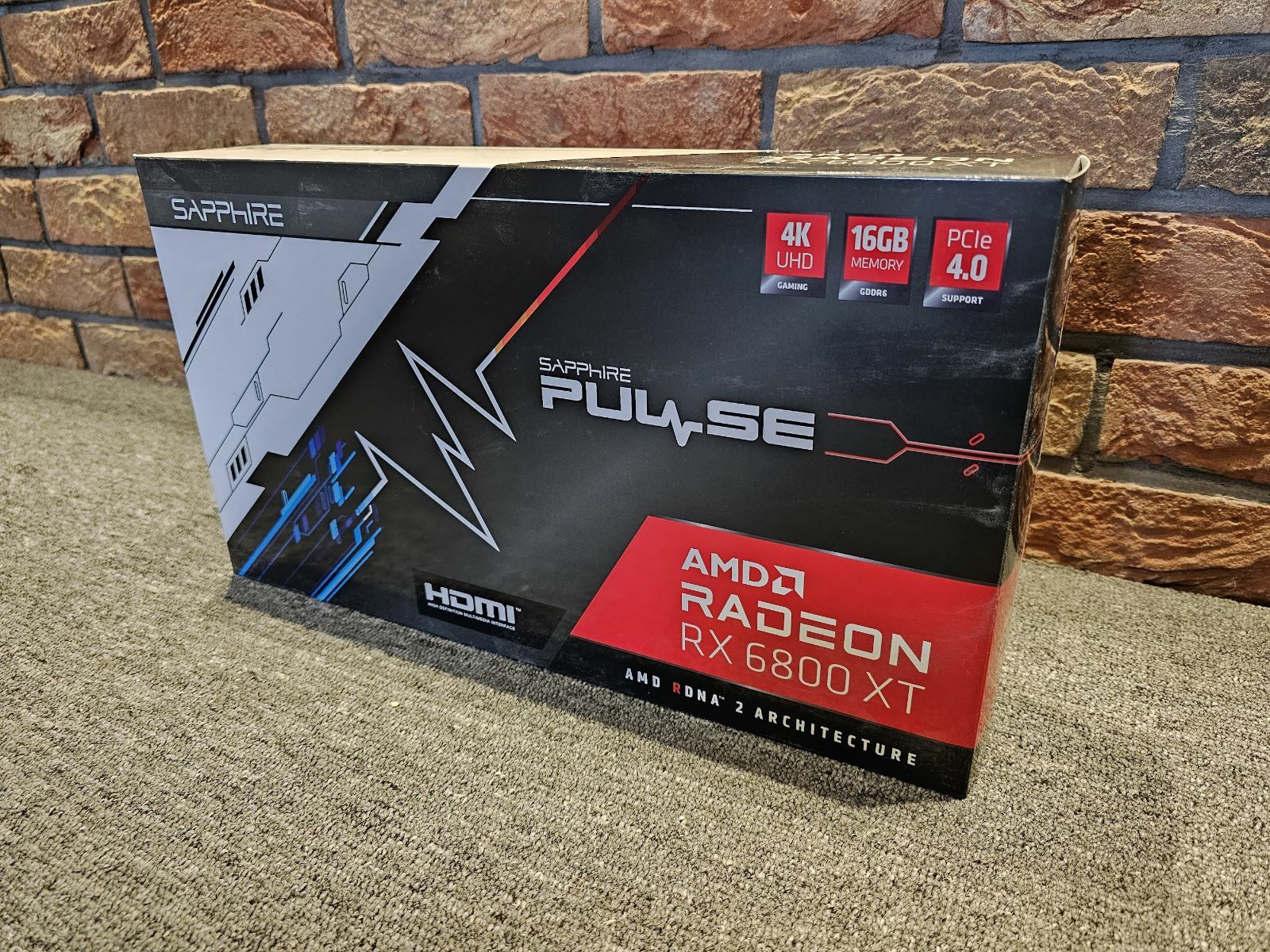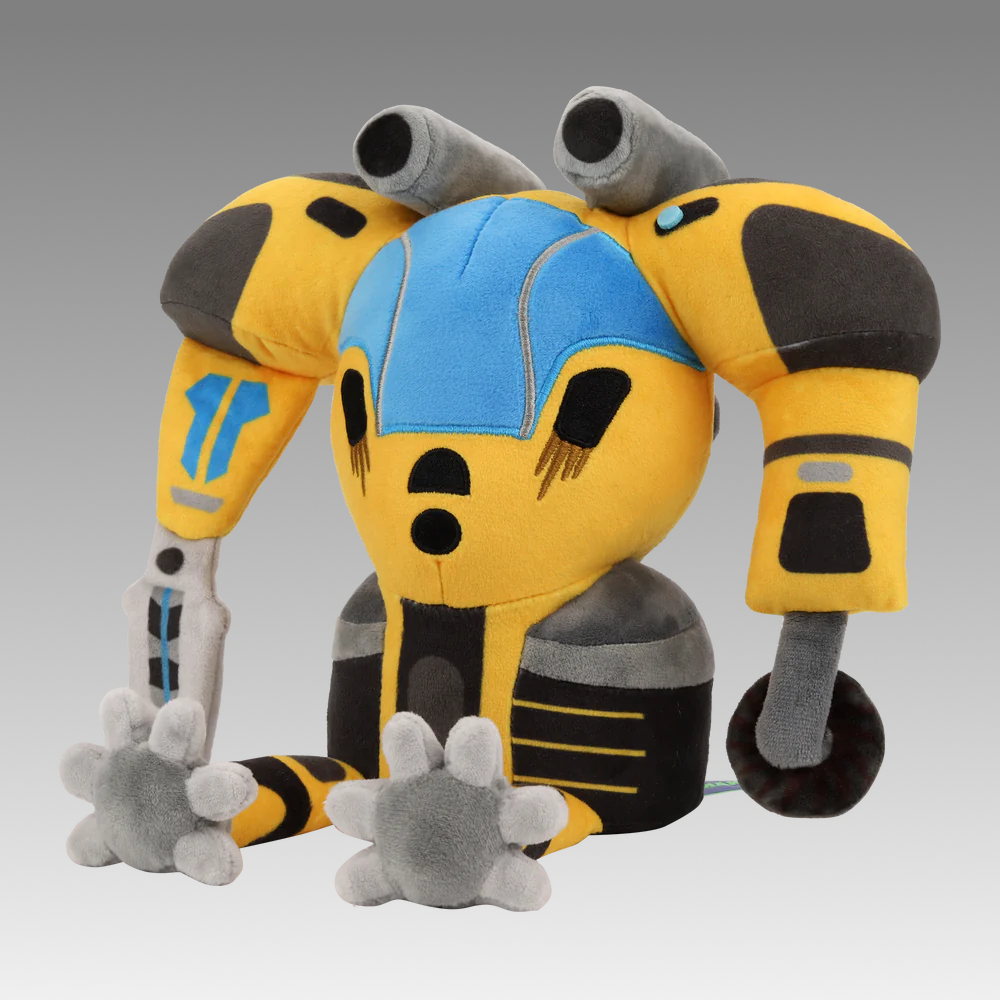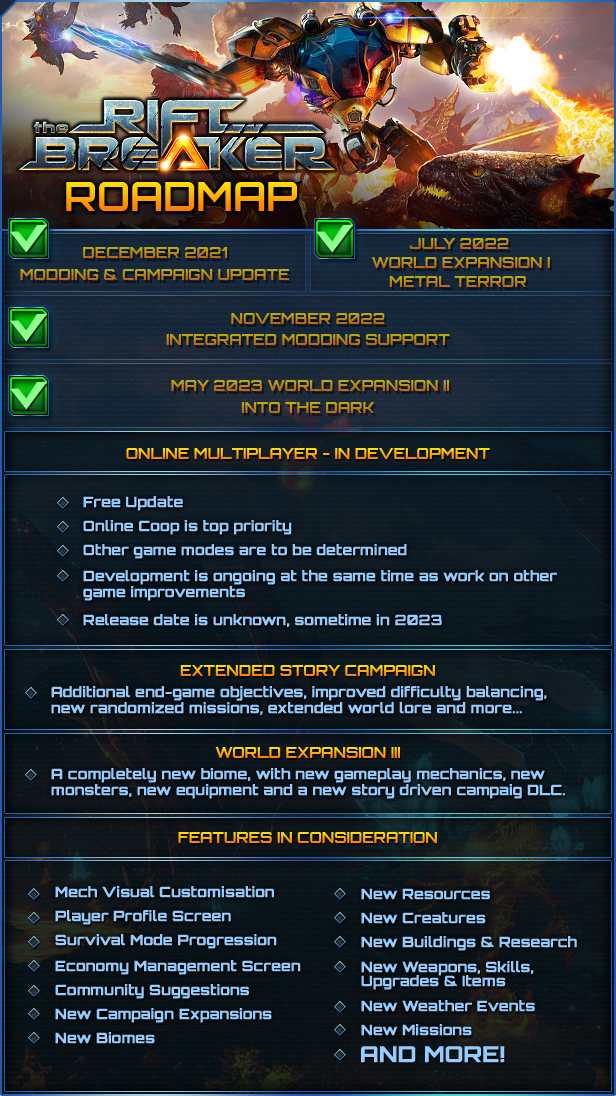
Aug 3, 2023
The Riftbreaker - voidreaver
Hello Riftbreakers!
We have just updated the experimental branch with the latest build that contains our Summer Update. It adds a multitude of new cosmetic item sets that will allow you to personalize your bases and give them a slightly different feel. The patch also addresses some bugs and things that we glossed over previously. The full changelog is available below.
This update is (most likely) incompatible with any current mods. Please remove all mods before playing. MAKE SURE TO MAKE A BACKUP COPY OF YOUR SAVE FILES! Make a copy of 'The Riftbreaker' folder from your documents and keep it safe.
With all these warnings out of the way, here’s how to access the experimental branch:
- create a backup copy of your save folder (Documents/The Riftbreaker)
- disable Steam Cloud save backup for The Riftbreaker
- go to your Steam Library
- right-click on The Riftbreaker
- select 'Properties,’ then 'Betas,’ and use the following password: IknowWhatImDoing
After that, you will be able to choose 'experimental' from the drop-down menu. Download the update, play the game, and let us know if you encounter any issues. We also have a channel on our Discord: #rb-experimental-feedback - we highly encourage you to join in and share your feedback.
The Riftbreaker World Expansion II Experimental Summer Update Changelog:
- Added a new set of decorations: Sci-Fi Structures. They come in three sets with different colors. You can unlock each color set individually by completing Desert, Acid, and Magma branches of the Story Campaign.
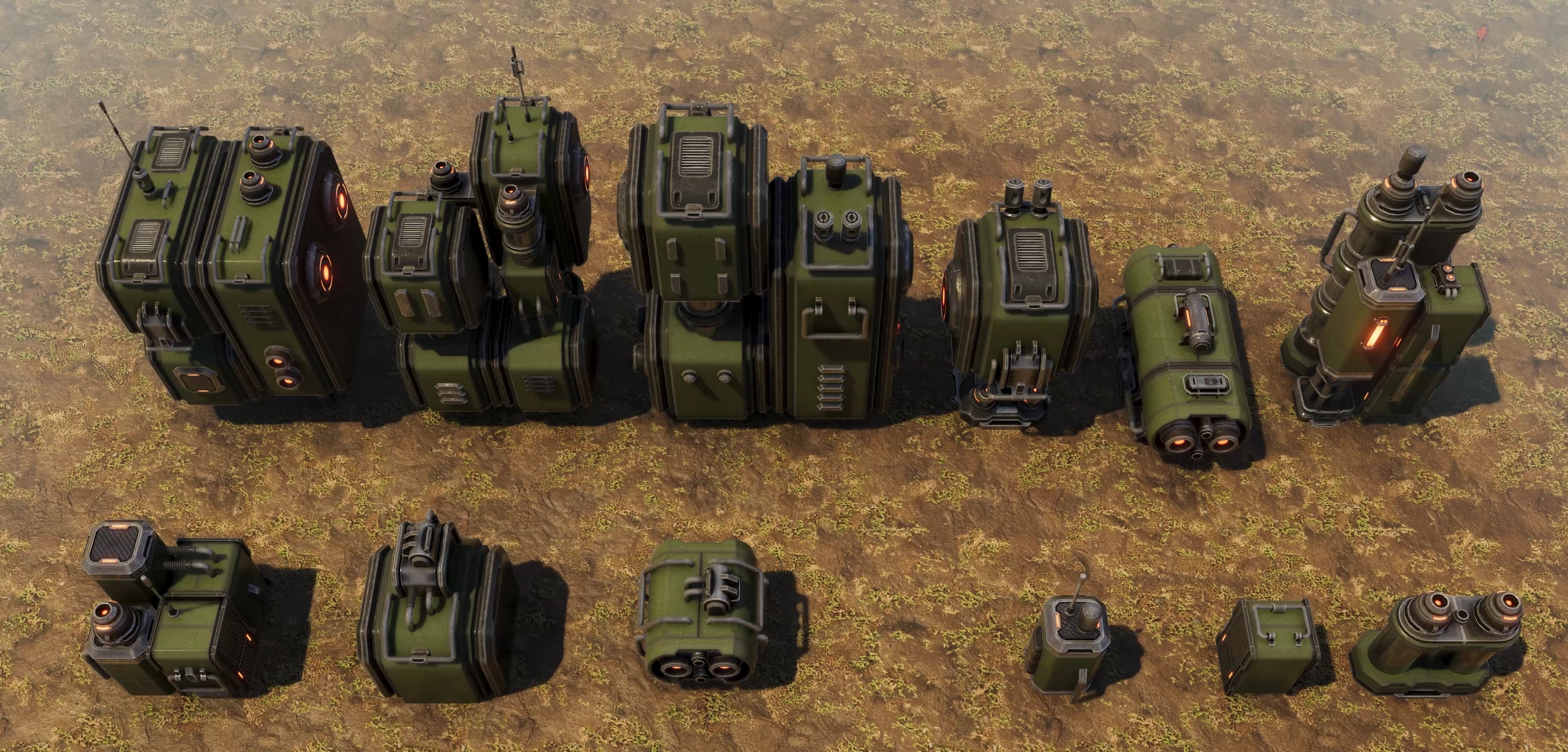
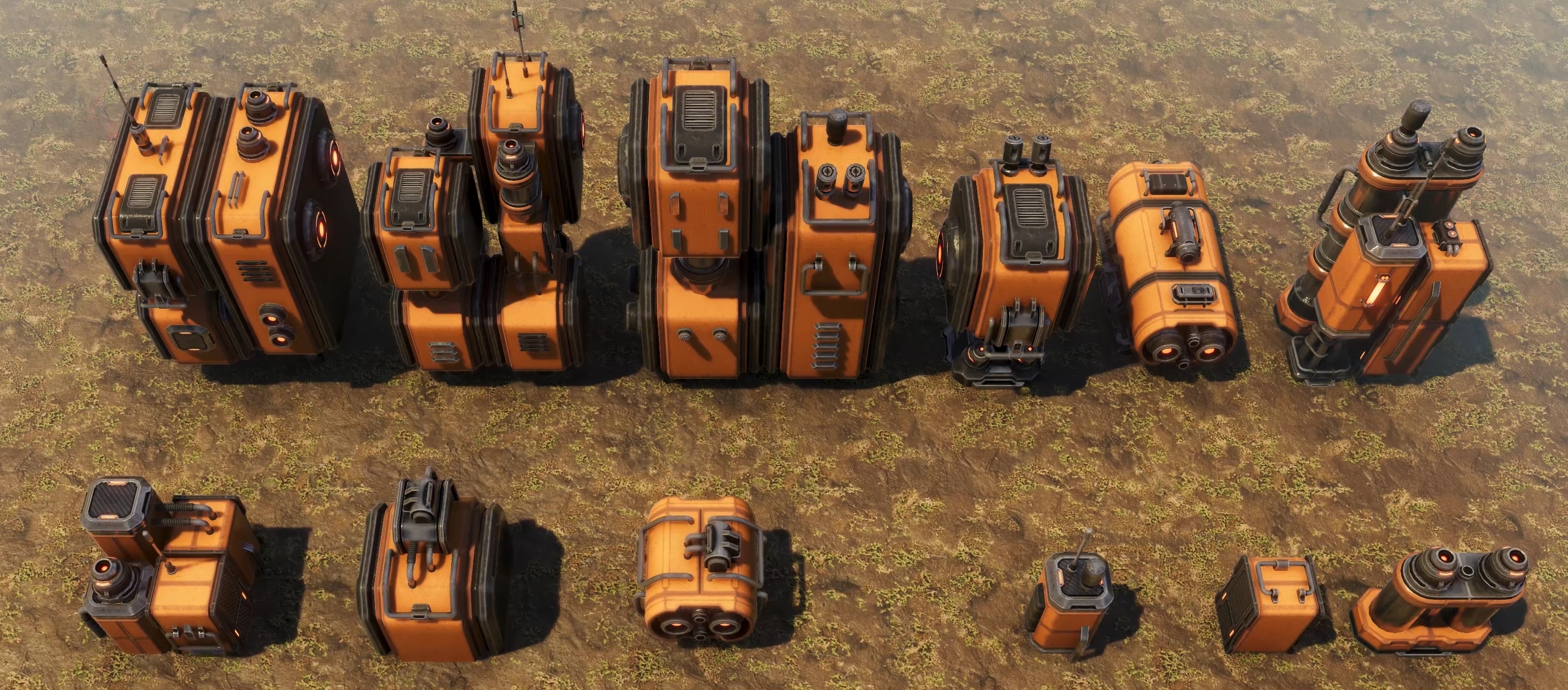
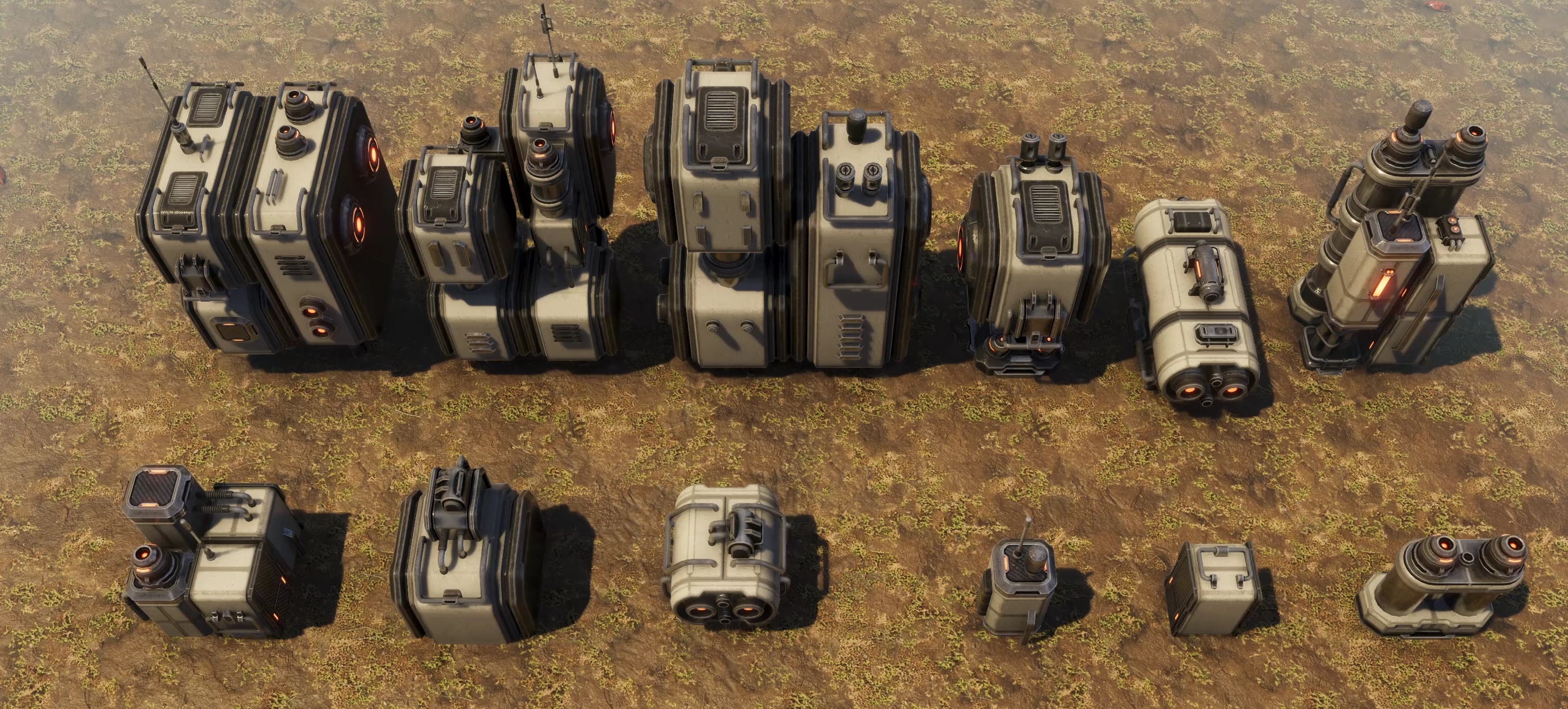
- Added a new set of decorations: Crystal Structures. They come in five sets of different colors. You are awarded one color set after completing Survival Runs - one after each biome, except Crystal Caverns.
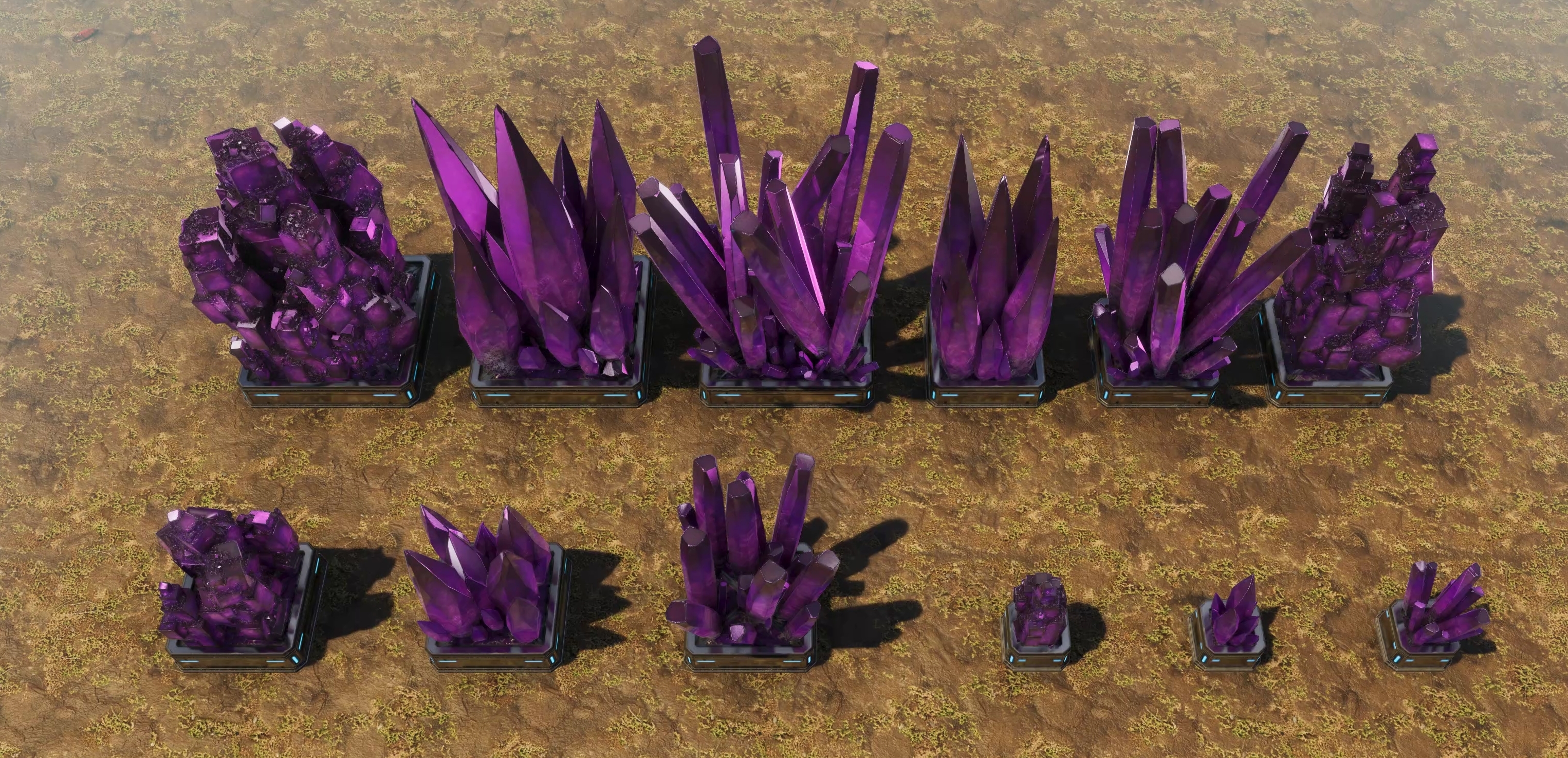
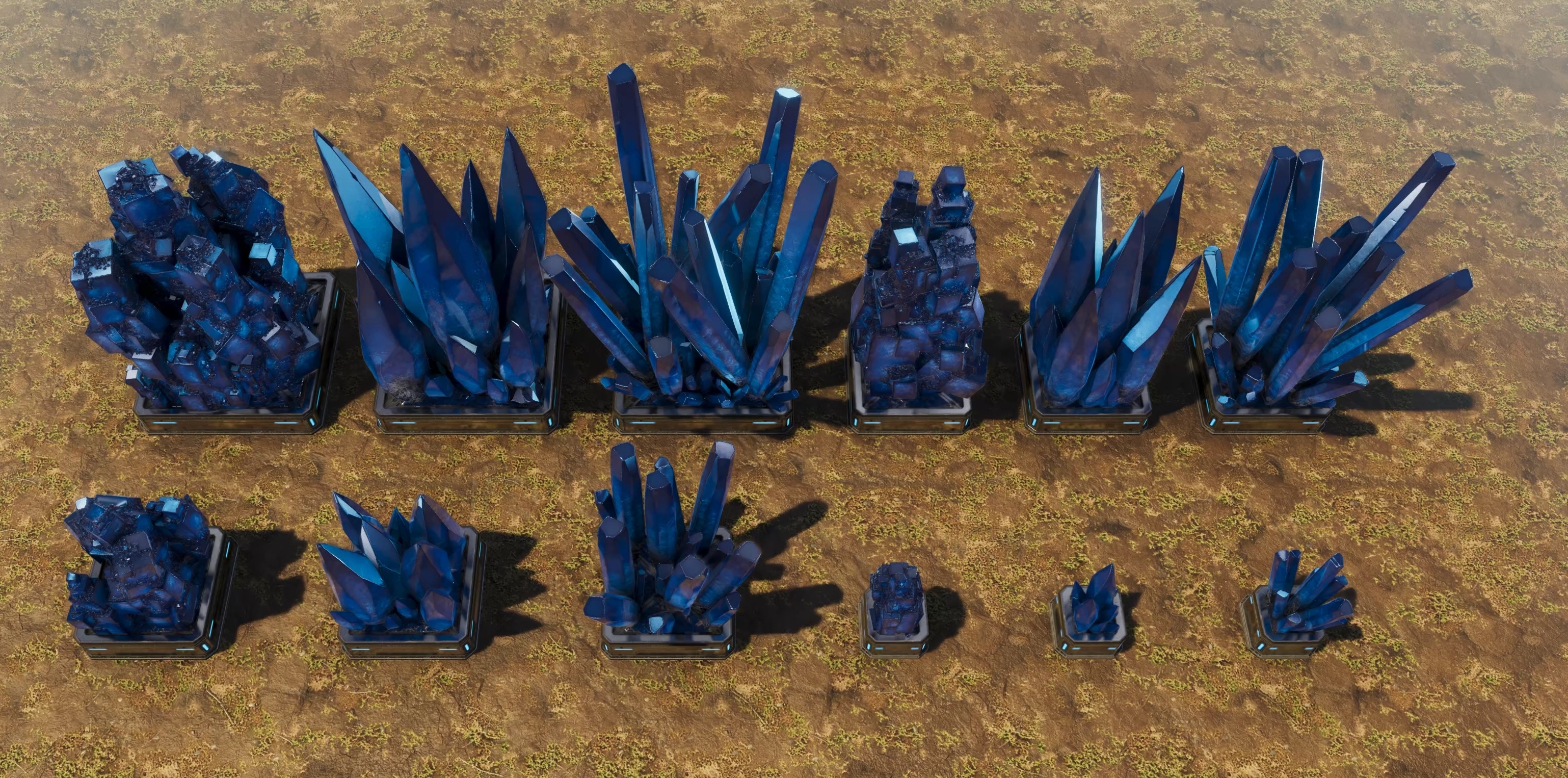
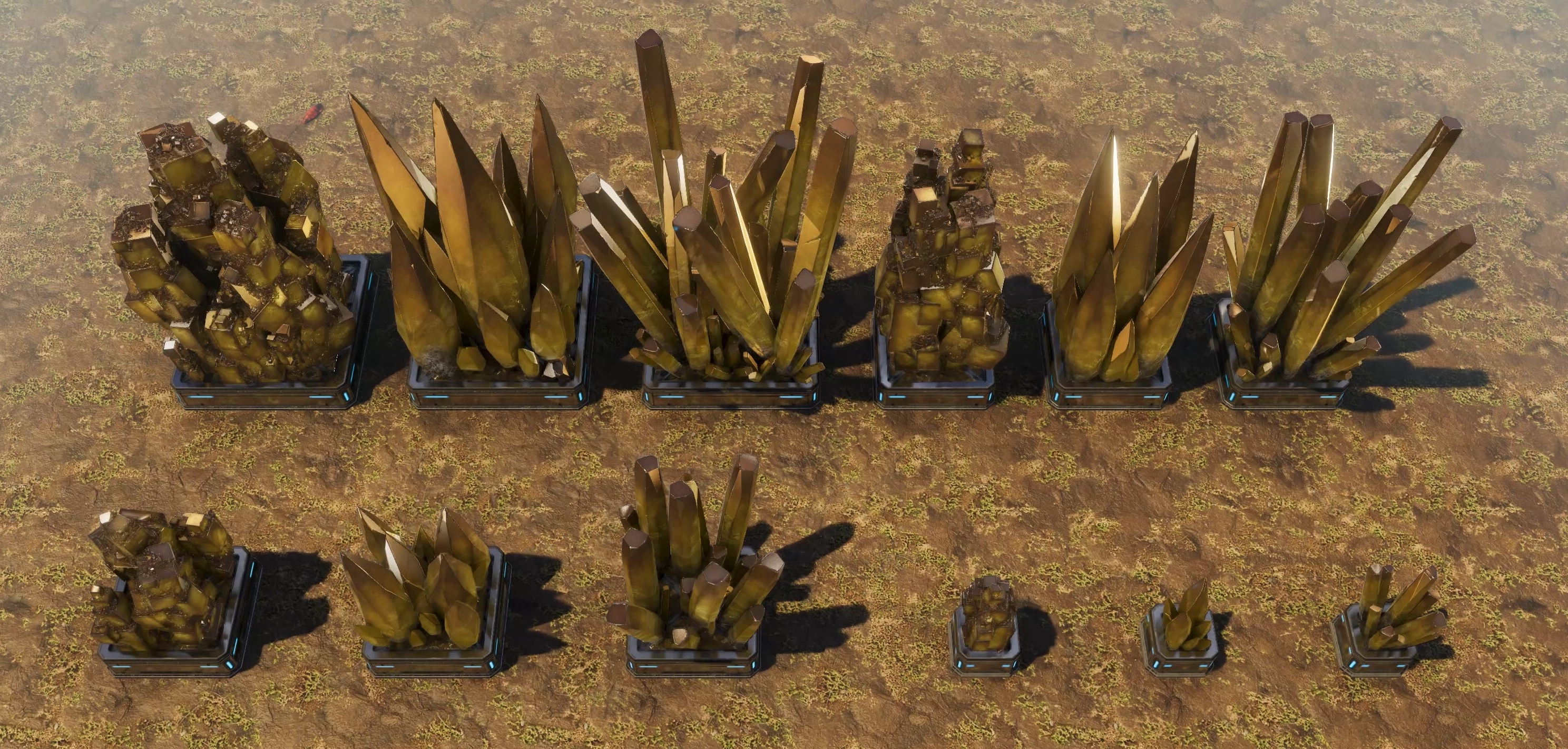
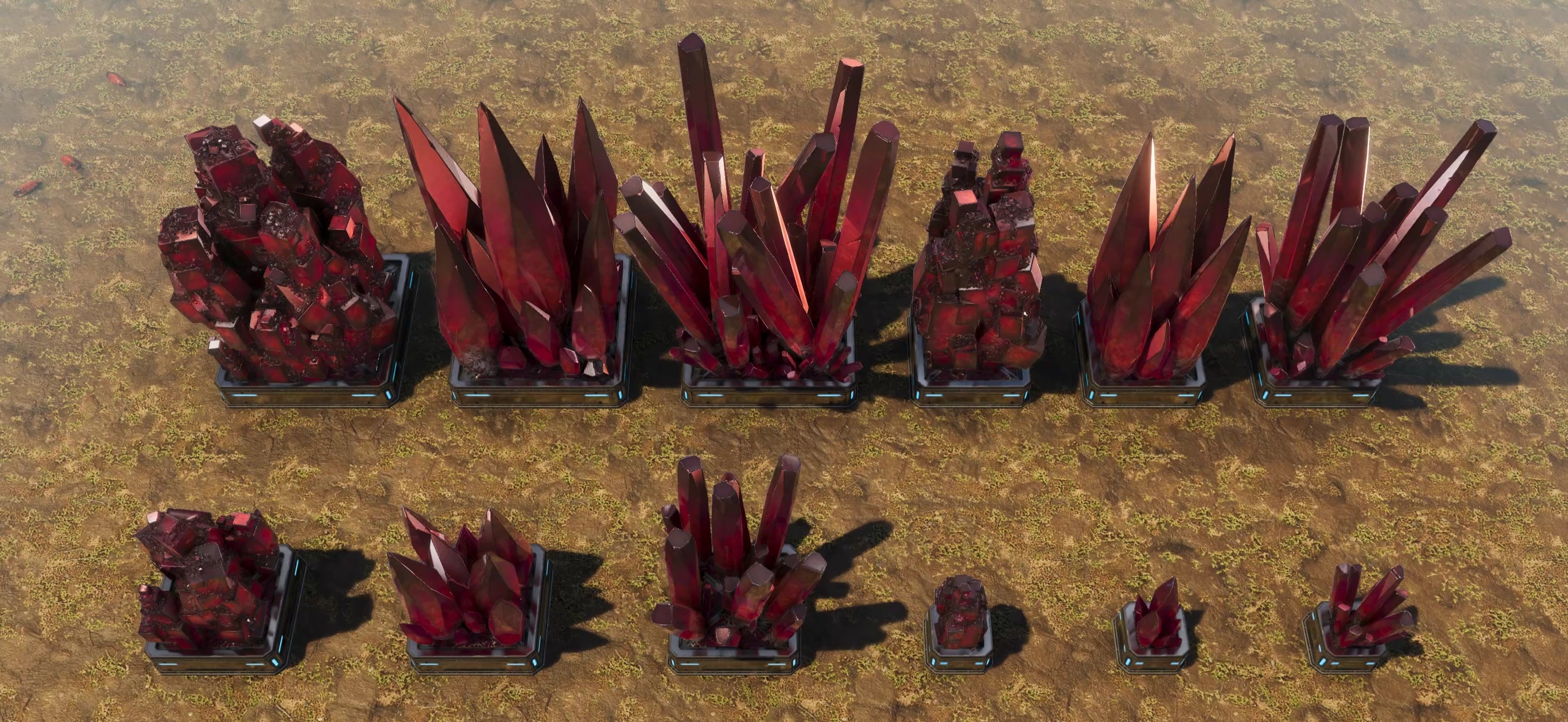
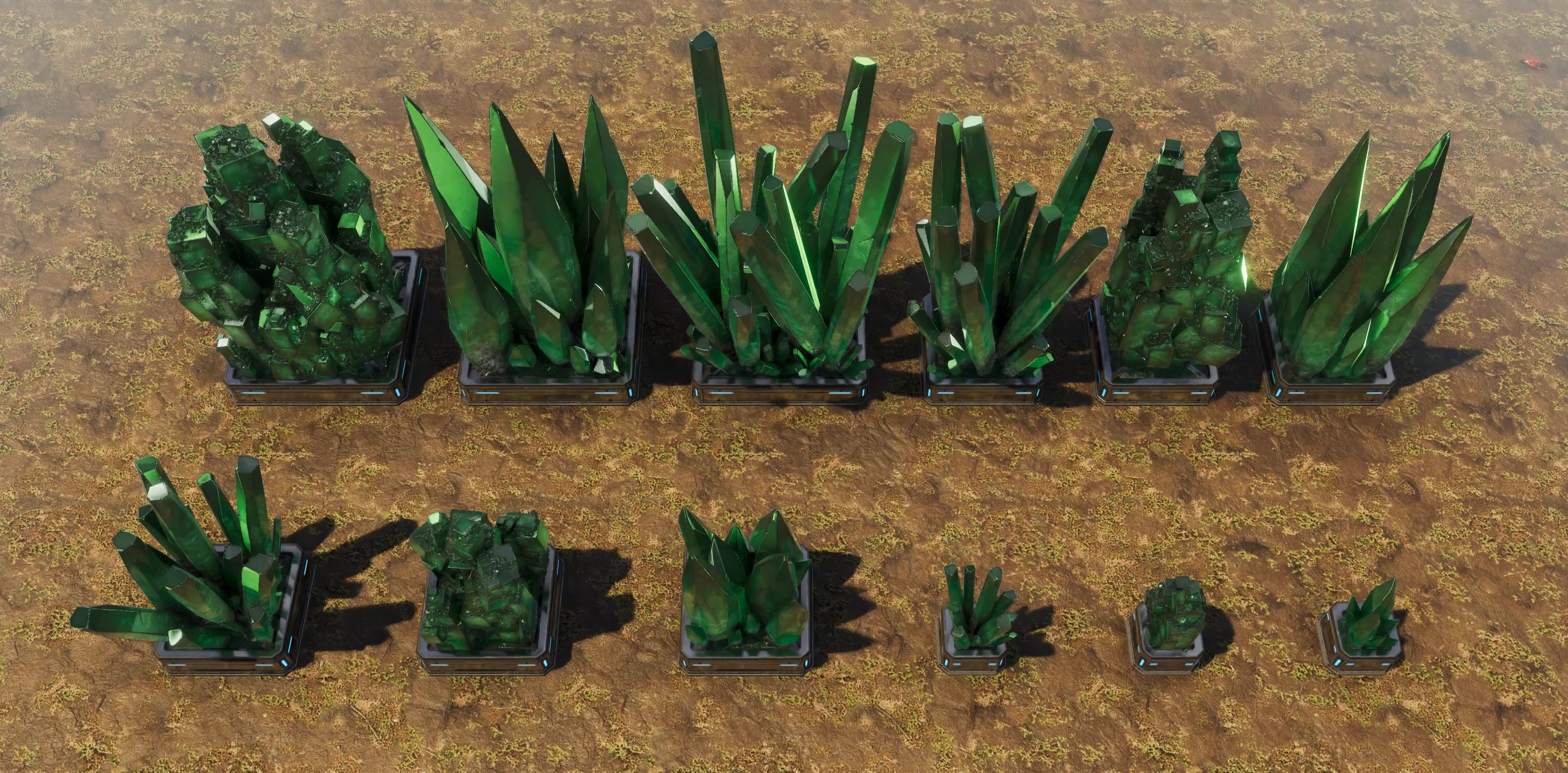
- Added a new set of decorations: Crystal Floors. They are available in 5 different colors. Each color is unlocked individually through Bioanomaly drops.
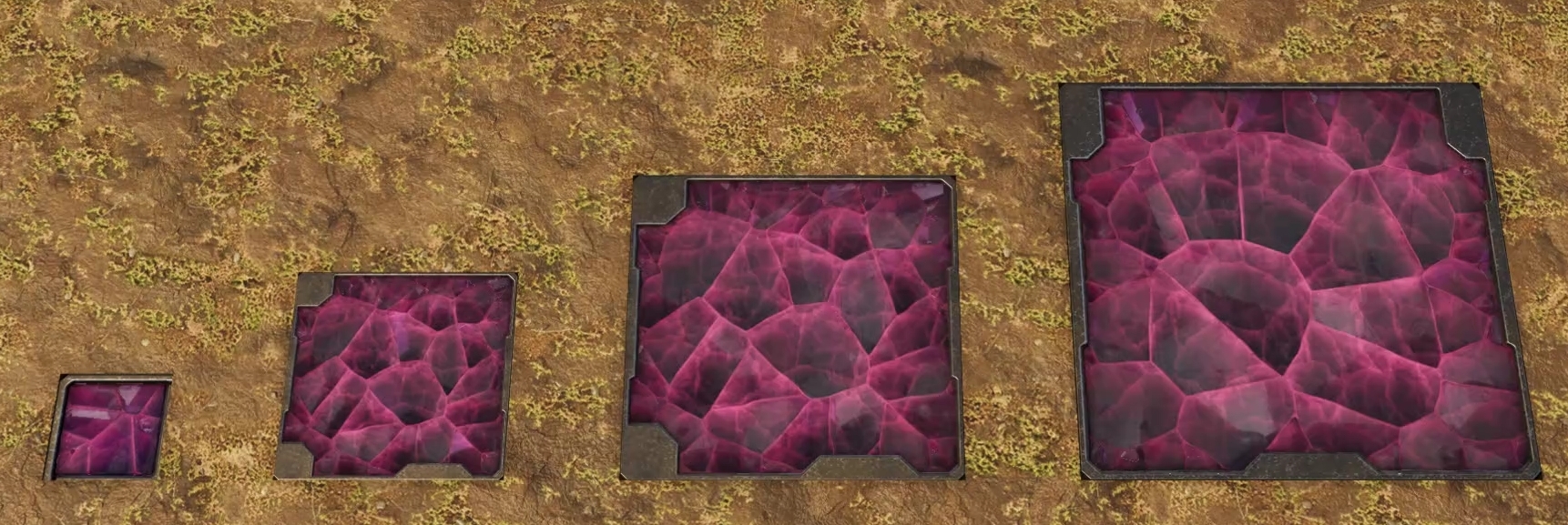
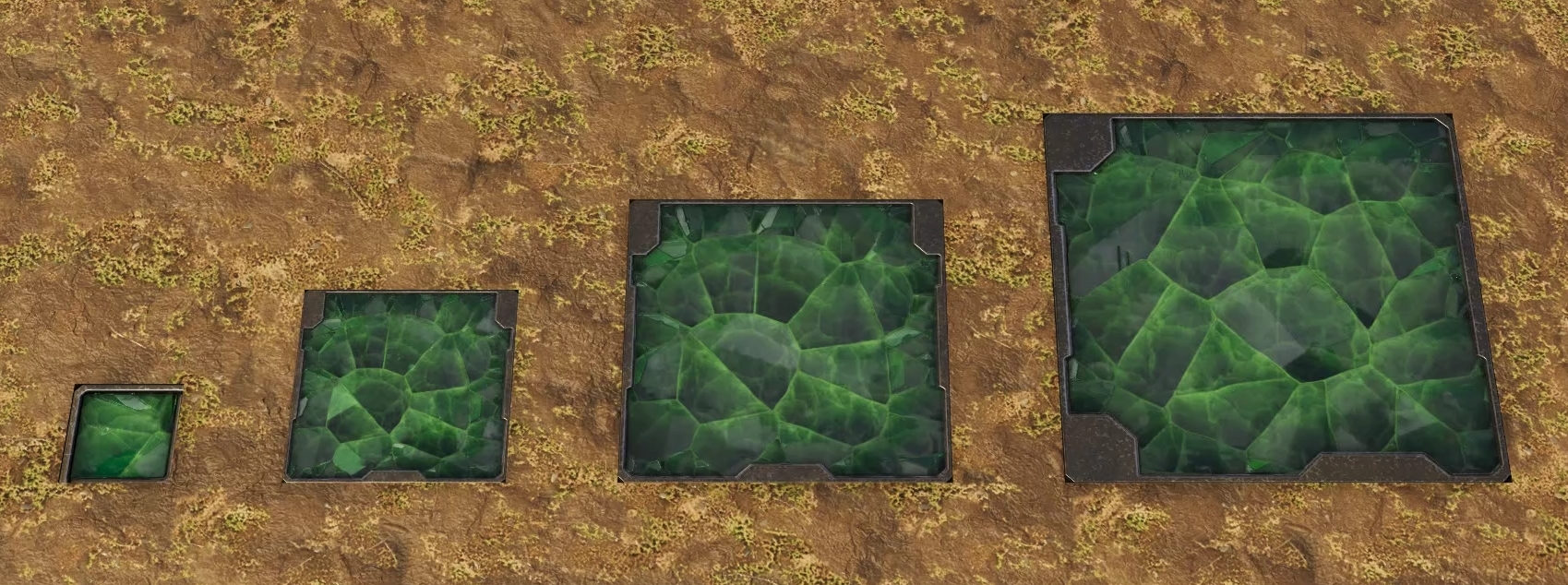

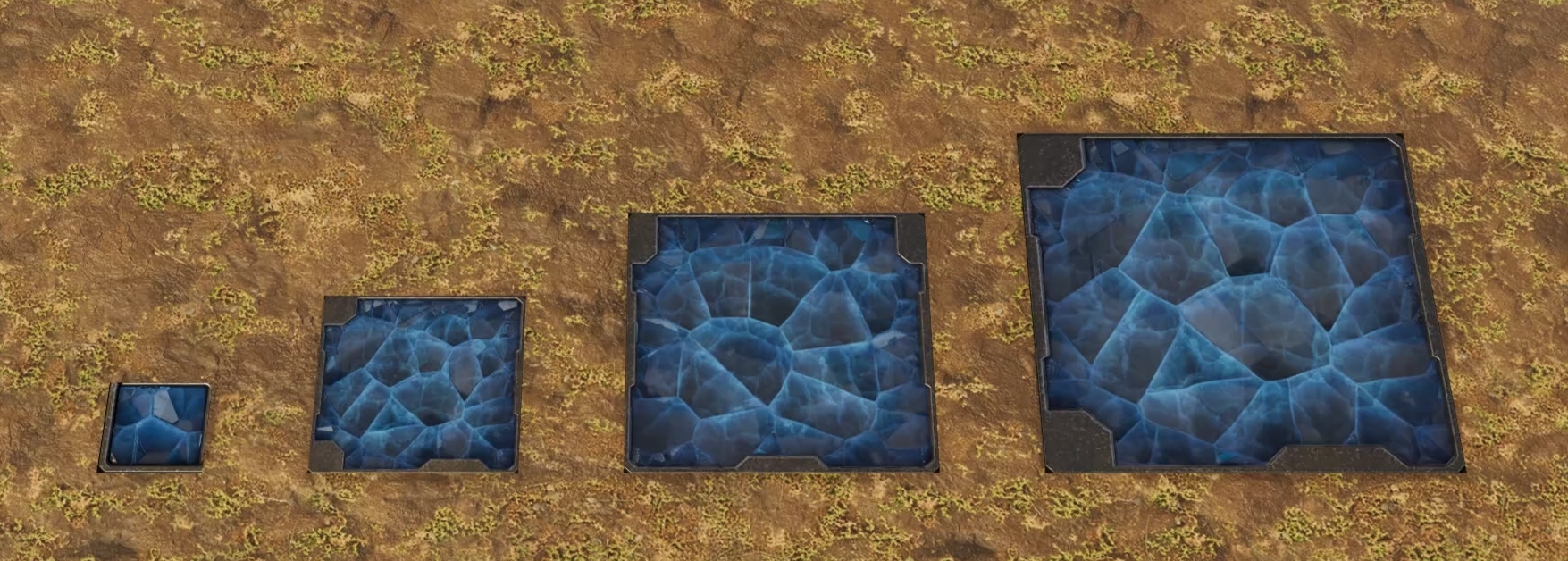

- Added a set of new decorations: Crystal Lamps. They are available in various colors. The entire set is unlocked after completing Crystal Caverns Survival.
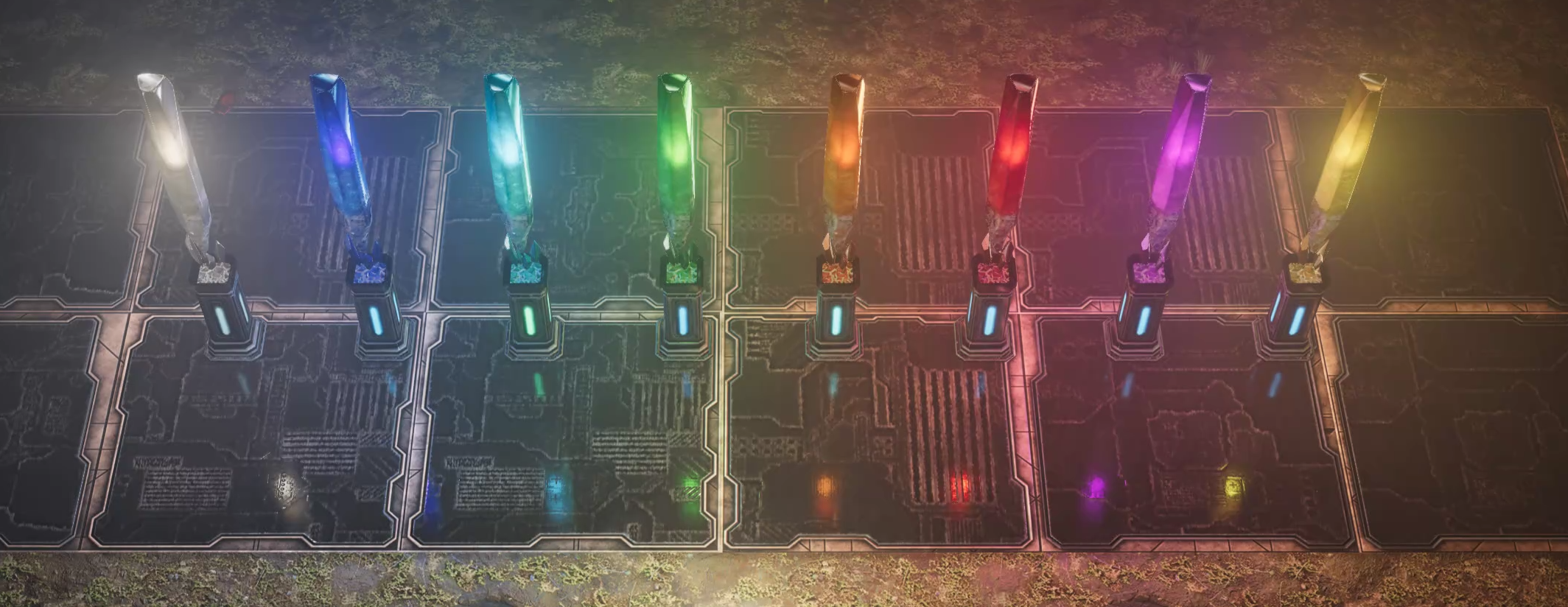
- Added a set of new decorations: Future City. This set includes street lamps, vending machines, arcades, fences, billboards, and advertising boards. The entire set is unlocked after completing the main branch of the Story Campaign.
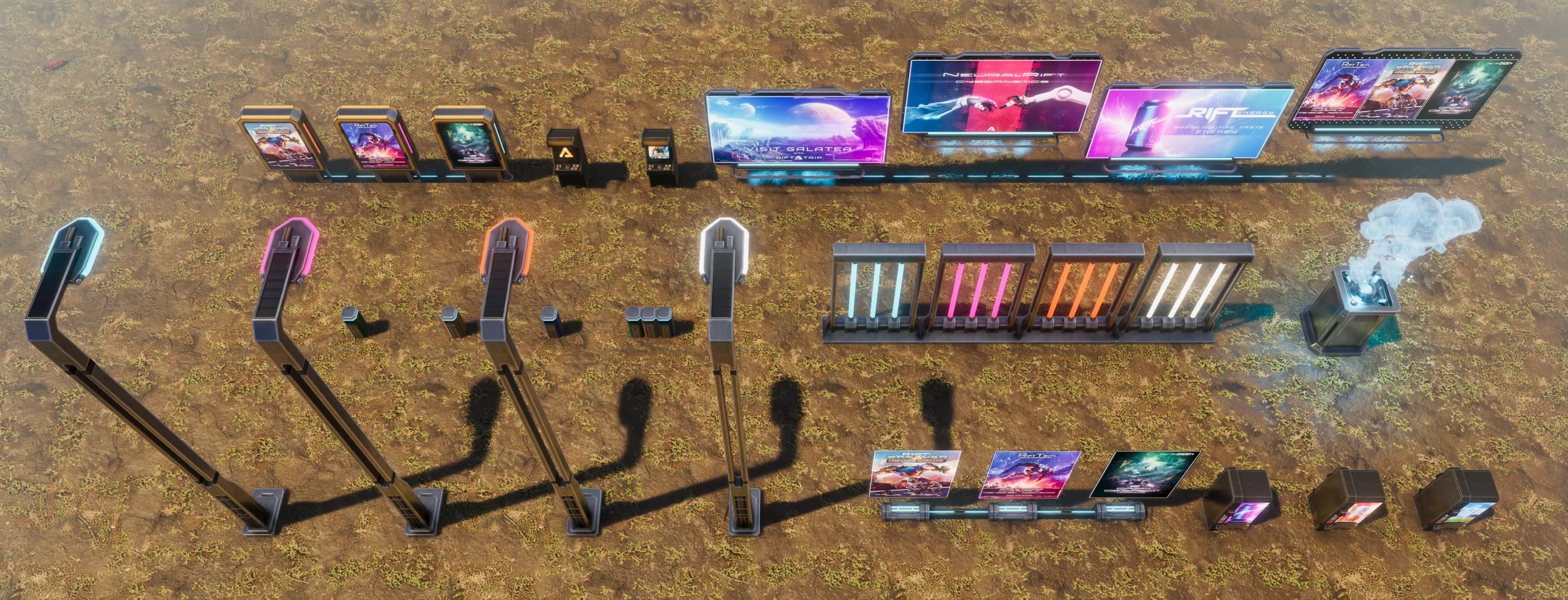
- Added Crystal and Laser Gates of all levels to match their corresponding wall sets.
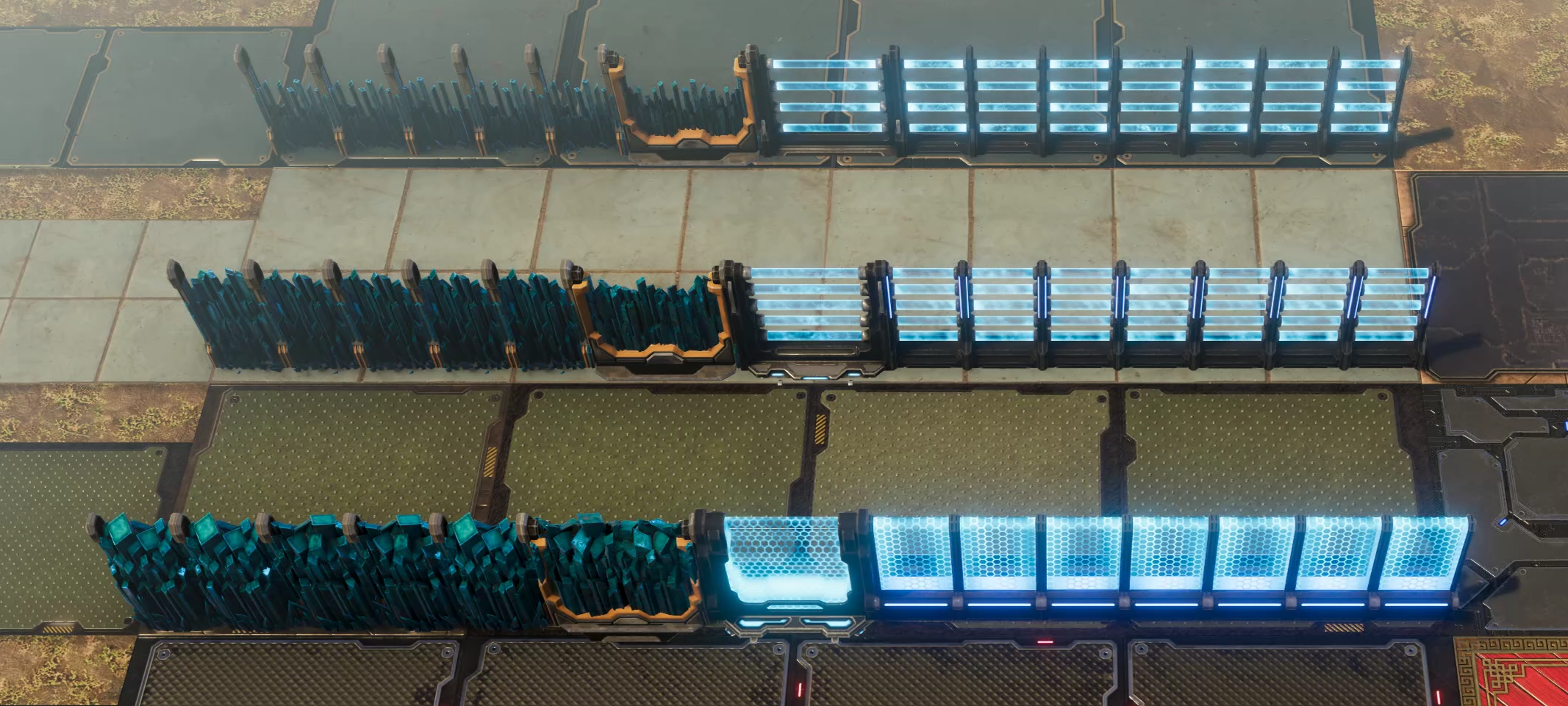
- Changed the sound effects for discovering new species and completing research to differentiate those events from objectives appearing on the HUD.
- Updated Intel XeSS to version 1.2 - improved image quality, reduced upscaling artifacts
- Fixed an issue that caused some Floating Mine launchers to place mines of the wrong type.
- Fixed an issue that caused Wall ruins to appear too tall and could be mistaken for being intact.
- Fixed teleport exploits on the Anoryx Worm boss arenas
- Fixed the lighting on some Boss level tiles
- Tweaked the Dust Storm and Fog weather events to work better with volumetric fog.
- Tweaked the lighting effects on some props to work better with the volumetric fog.
- Minor fixes and optimizations.


































